Clothes Ripped-Destroyed Compilation at Fighting Games
In many fighting games, particularly those with more realistic and mature themes, characters' clothing can become damaged or ripped during the course of battle. This is often used as a visual representation of the intensity and duration of the fight, and it may affect the character's appearance. Here's a general description of what clothes being destroyed or ripped in fighting games might look like:
Torn Fabric:
As the fight progresses, a character's clothing might develop tears and holes. This can reveal the character's skin or undergarments underneath. The tears can be jagged or strategic, depending on the game's design and the character's backstory.
Shredded Sleeves or Pant Legs:
The sleeves of a character's shirt or the legs of their pants may be torn away, leaving their arms or legs exposed. This not only shows the intensity of the battle but also highlights the character's physique.
Strategic Damage:
In some games, clothing damage is designed to be strategic and consistent with the character's persona. For example, a character's clothing might be shredded in a way that resembles battle scars or warrior markings.
Undergarments:
In more mature-rated fighting games, characters' undergarments or lingerie may be revealed as their outer clothing becomes torn. This is often used for fan service and can be a controversial element in some games.
Accessories:
Belts, sashes, and other accessories may become damaged or fall off during the fight. This can add to the dynamic and chaotic atmosphere of the battle.
Dramatic Lighting and Effects:
In some games, special effects and lighting can be used to emphasize clothing damage. For example, sparks or glowing effects may accentuate the torn areas, making them stand out more dramatically.
It's important to note that clothing damage is a common feature in some fighting games, but it may not be present in all titles. Additionally, the level of detail and realism in clothing damage can vary widely depending on the game's art style and target audience. In some cases, it's used for artistic or storytelling purposes, while in others, it's primarily intended for fan service and visual flair.
In many fighting games, particularly those with more realistic and mature themes, characters' clothing can become damaged or ripped during the course of battle. This is often used as a visual representation of the intensity and duration of the fight, and it may affect the character's appearance. Here's a general description of what clothes being destroyed or ripped in fighting games might look like:
Torn Fabric:
As the fight progresses, a character's clothing might develop tears and holes. This can reveal the character's skin or undergarments underneath. The tears can be jagged or strategic, depending on the game's design and the character's backstory.
Shredded Sleeves or Pant Legs:
The sleeves of a character's shirt or the legs of their pants may be torn away, leaving their arms or legs exposed. This not only shows the intensity of the battle but also highlights the character's physique.
Strategic Damage:
In some games, clothing damage is designed to be strategic and consistent with the character's persona. For example, a character's clothing might be shredded in a way that resembles battle scars or warrior markings.
Undergarments:
In more mature-rated fighting games, characters' undergarments or lingerie may be revealed as their outer clothing becomes torn. This is often used for fan service and can be a controversial element in some games.
Accessories:
Belts, sashes, and other accessories may become damaged or fall off during the fight. This can add to the dynamic and chaotic atmosphere of the battle.
Dramatic Lighting and Effects:
In some games, special effects and lighting can be used to emphasize clothing damage. For example, sparks or glowing effects may accentuate the torn areas, making them stand out more dramatically.
It's important to note that clothing damage is a common feature in some fighting games, but it may not be present in all titles. Additionally, the level of detail and realism in clothing damage can vary widely depending on the game's art style and target audience. In some cases, it's used for artistic or storytelling purposes, while in others, it's primarily intended for fan service and visual flair.
-
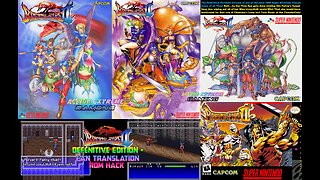 18:57
18:57
ChronoArcaile2023
3 months ago $0.01 earnedAction Extreme Gaming 2024 - Breath of Fire II: Maeson's Defenitive Edition + Fan Translation (Rom Hack): Ryu Vs Katt Coliseum Boss FIght
65 -
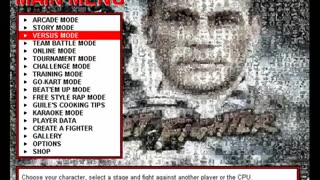 2:59
2:59
Cammyplayer
1 month agoSuper Street Fighter The Movie - game preview
10 -
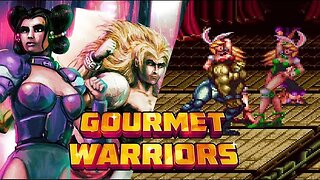 5:02
5:02
Skill Incarnate Gaming
8 months agoGourmet Warriors | An Obscure Japanese Fighting Game
19 -
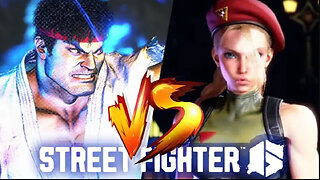 14:00
14:00
KwingsletsplaysGaming
6 months agoStreet Fighter 6 Versus Cammy Vs Ryu SF2 Skin
4695 -
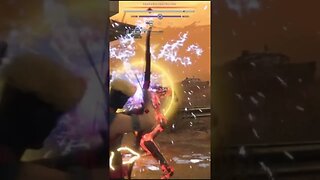 0:11
0:11
Lutfinator
9 months agoBro Got The Gear 3 Treatment #gaming #games #shorts
6 -
 0:59
0:59
Rellings
6 months agoTHE BATTLE OF JUDECCA | Final Fantasy Type-0 HD #finalfantasy #shorts
119 -
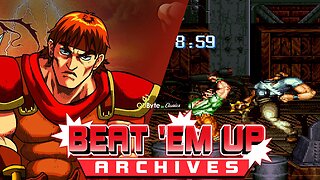 4:47
4:47
Skill Incarnate Gaming
5 months agoQubyte Classics: Beatemup Archives | Budget Arcade Games
24 -
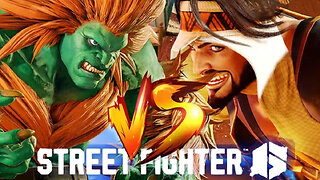 13:25
13:25
KwingsletsplaysGaming
6 months agoStreet Fighter 6 DLC Rashid VS Christmas BLANKA
4157 -
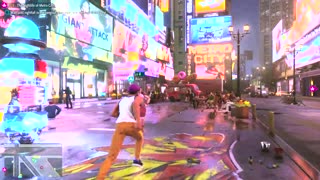 12:37
12:37
FlitBox1
4 months agoLeather Bag Recovery - Part-1 - World Tour - Street Fighter 6 #gaming #gamingvideos
3 -
 0:59
0:59
Rellings
6 months agoTHE FATE OF CLASS ZERO | Final Fantasy Type-0 HD #finalfantasy #shorts
82